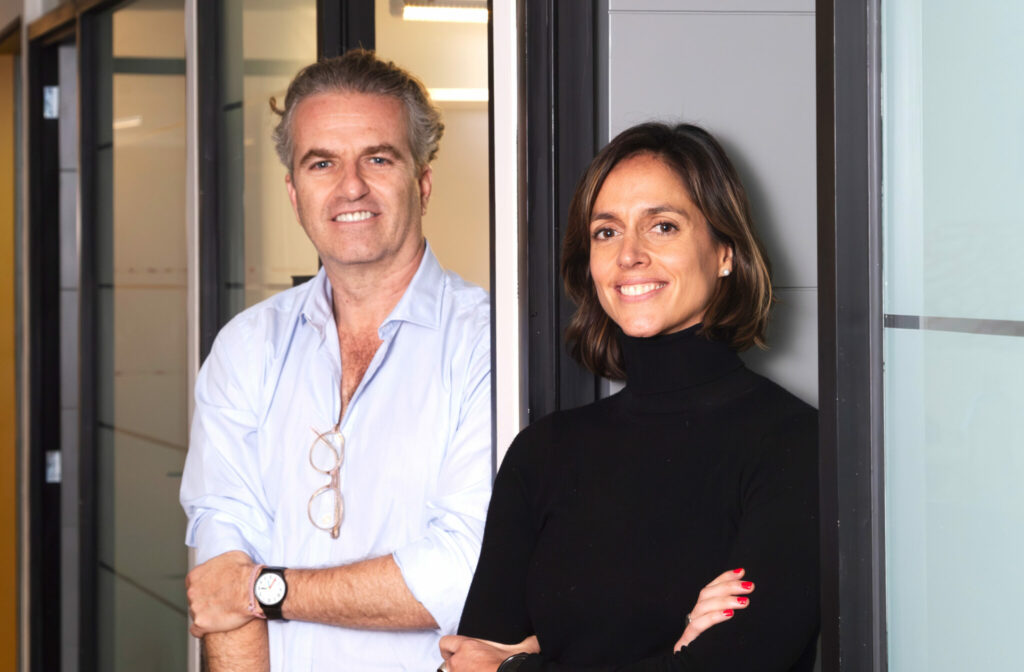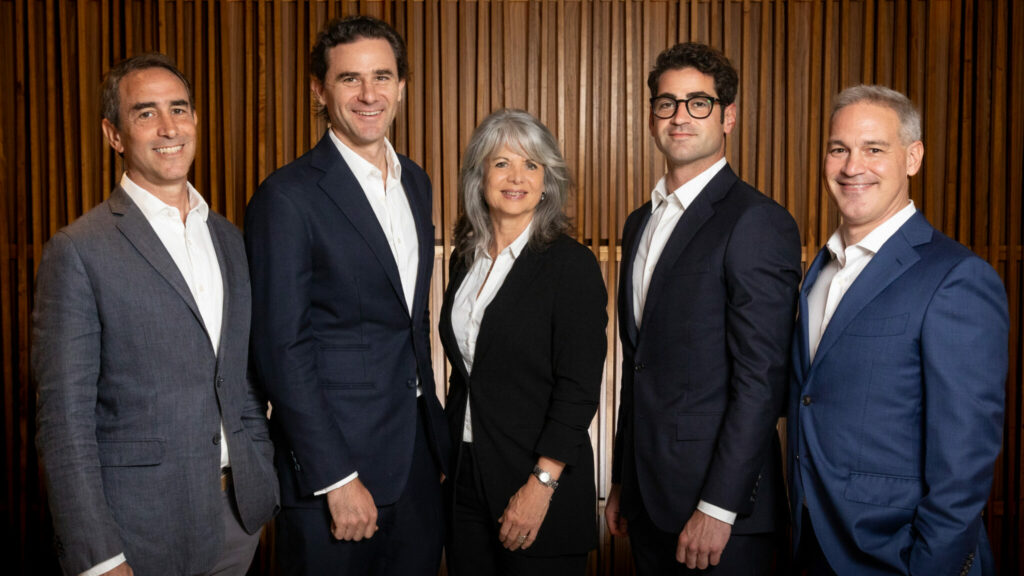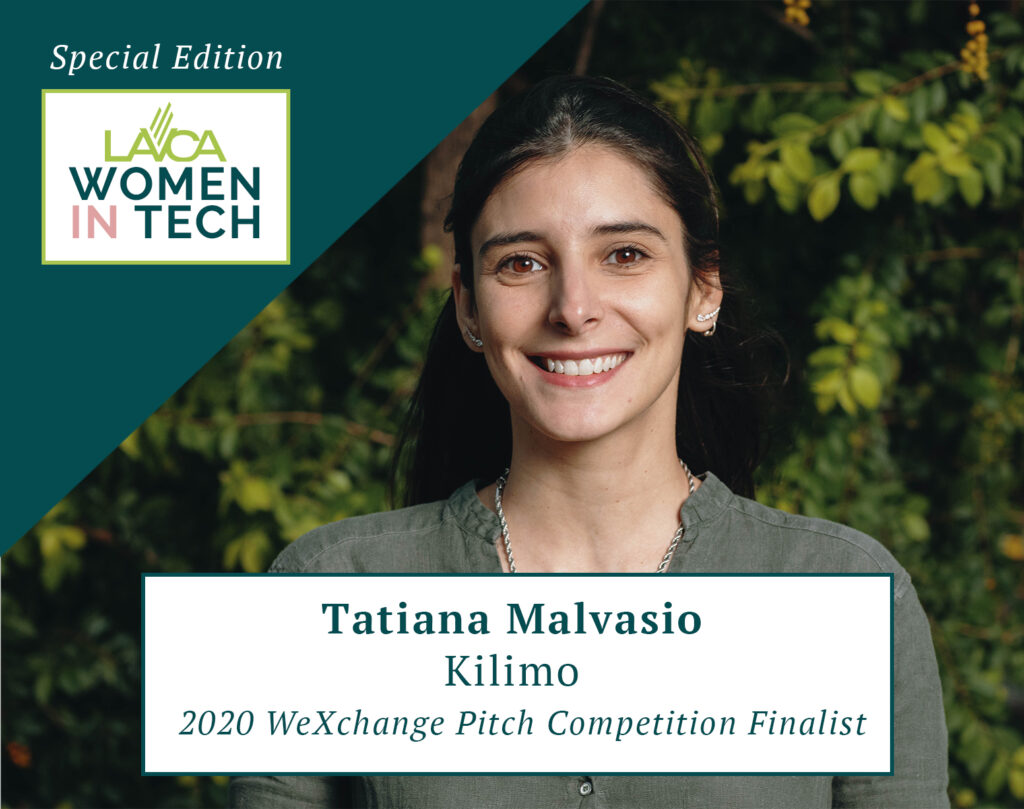Entrepreneur Profiles
Entrepreneur Profile: An Interview with Walter Kissling of NAVSAT
13 July 2010

Walter Kissling, Founder and President of Navsat, a location-based services company in Costa Rica, spoke with the Latin America PE/VC Report about starting a technology business in Central America and the company’s future plans
 LAVCA: Tell us a little about your background. Have you started other companies?
LAVCA: Tell us a little about your background. Have you started other companies?
Kissling: I have a degree in Mechanical Engineering from Purdue University and MBA from INCAE. I worked in finance for HSBC (formerly Banex) which was the largest financial private group in Costa Rica at the time. There I started and managed four different businesses for the group. One of them (third tier pension money management) was particularly successful and started a new industry in the country. It also allowed me to capitalize on my previous work and launch a separate career geared towards investment promotion and management. This led me to start Mesoamerica Fund with some partners. It was a Bain Capital type of private equity fund for the Central American region. I came out after the fund was fully invested and did some deals on my own with friends and family. As part of those deals we started one of the largest and most successful real estate development groups in Costa Rica. After a four year leave of absence out of the country I started Navsat on my return in 2006.
LAVCA: Please give us some background on NAVSAT and its products and technology.
Kissling: Navsat is a location based services (LBS) company. We developed and own the Costa Rican routable (GPS-enabled) map. We rent navigation solutions to the rental car industry (Costa Rica’s #1 industry is tourism). We are also an important player on the GPS fleet tracking space. More recently we introduced traffic information management in Costa Rica. Traffic information management allows you to see where the traffic jams are on your GPS unit in your car and route around them. There is some work being done in this area in México and Brazil, but apart from that, Costa Rica is the only country in Latin America where those services are offered.
LAVCA: How did you come up with the idea for NAVSAT?
Kissling: As mentioned, tourism is big in Costa Rica, yet addresses, roads and road signs are pretty bad. So getting around is somewhat of an adventure for a non-local. I saw the opportunity of developing a GPS routable map and renting it to the tourists through the rental car companies. In the process of doing that we realized we had entered a rapidly evolving and super dynamic industry and how the location component was being introduced in a variety of platforms and solutions and lots of opportunities came to life.
LAVCA: What sort of financing have you received thus far? From whom?
Kissling: At the beginning it was 100% self-funded with friends & family. After some 18 months we attracted capital from two big local media companies and a software developing company.
LAVCA: Are you looking for additional funding? If so, how do you plan to use your next round of financing?
Kissling: Yes, we will need additional funding as we make inroads into our broader Latin American strategy. GPS navigation penetration has gone from levels of 2-3% to levels of 30-40% in the US and Europe in the last 3-4 years, and some people believe it will reach 70% penetration with free navigation on smart phones. In Latin America this has not happened, but I see no reason why it won’t happen too. Cell phone penetration is high in the region, and we believe technology penetration is not directly tied to GDP per capita. Traffic is one of the fastest growing services for people who own a GPS. We understand traffic, and have deployed it successfully in Costa Rica and we see an opportunity to do the same in some countries in Latin America. We are especially interested in Colombia, Chile and Peru. So as we enter these markets we will be looking to raise additional funding to set up operations there.
LAVCA: What type of feedback have you received from investors about where to make improvements in your business model?
Kissling: There are three main areas. First, we need to think about other markets besides Costa Rica as ‘’our’’ market and export some of our products. Secondly, understand the importance of giving each business unit its proper care and attention because it differs among them. Lastly, concentrate our efforts and resources only on the biggest, more defensible and profitable markets/services.
LAVCA: What is your most pressing strategic challenge right now?
Kissling: There are three I would say. Technology in general, but particularly GPS/location technology at this time is being incorporated into new products/services very rapidly. Products/services that look appealing today can be displaced by new disruptive technologies and/or applications tomorrow. On top of that there are very big powerful players like Google and Apple participating in this space. In this environment if you take a long time to build a business it might not be there anymore when you get there. Managing this is probably our number one and by far biggest challenge.
Challenge number two is that we have a combination of mature businesses, developing businesses, new ventures and new markets. We have to bring different management capabilities to each of these businesses according to their needs and different stages of development.
At the same time we have a window of opportunity to introduce some innovative services in some countries in Latin America, but doing so in a timely, efficient fashion is challenge number three.
LAVCA: Who is your competition? What do you see as your competitive advantage?
Kissling: The navigation business is fast becoming a global business. In this space Google, Nokia, Apple, and Microsoft participate actively by bringing free navigation into their phones. I believe our competitive advantage lies in understanding the technology and industry and trying to identify trends and opportunities in this area before other people and leveraging that. Also in combining and providing local presence and information that the global players need and where their economies of scale don’t play an important role.
LAVCA: What are your goals for the company? Where do you hope to be five years from now (i.e. expansion plans, additional products, etc)?
Kissling: Our goal is to build networks of products and services in the location space in Latin America and to create a valuable franchise before other, bigger players enter the market. I see Navsat as a consolidated LBS provider with strong presence in three to four markets in Latin America in five years or less. Ideally, in addition to Costa Rica, I would like to see Navsat as the leading traffic information provider in Colombia, Chile and Peru and as an integrator of different products and technologies in the location space.
You may be interested in...
-

Is AI a Thing in Latin America? In Conversation with Hi Ventures
LAVCA sits down with Hi Venture to discuss their evolving thesis and vision for...
-

The Future of B2B Startup Investing in LatAm: In Conversation with NXTP
NXTP Ventures recently reached a USD98m final close for NXTP Fund III, its third...
-

A 20-Year Journey: An Interview with Technisys CEO Miguel Santos
Company: Technisys Investors: KASZEK, Dalus Capital, Riverwood Capital Interview...
-

Satellite Analytics & Irrigation Systems: Interview with Kilimo COO Tatiana Malvasio
Company: Kilimo Investors: NXTP Ventures, Alaya Capital, The Yield Lab, Xpand...